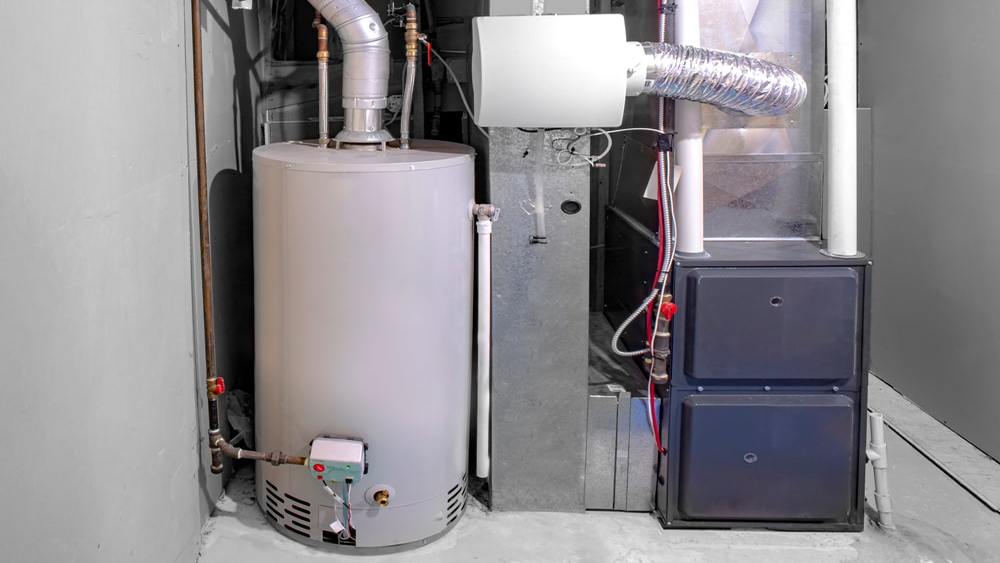Heating company services for warmth and efficiency: Get your furnace inspected today
The Ultimate Guide to Heating System Installment for a Cozy Home
Heating system installation is a critical facet of preserving a comfortable home setting, particularly during the chillier months. As you take into consideration these variables, the question continues to be: what actions can you take to guarantee your furnace offers you well for years to come?
Kinds Of Furnaces

Gas furnaces are the most usual selection due to their performance and reduced operational expenses. They use gas or gas, providing fast home heating and constant efficiency, making them excellent for colder climates.
Electric furnaces, while typically much easier to mount and keep, often tend to have higher functional prices. They are frequently favored in areas where gas service is not available or for homes with existing electrical facilities.
Oil heating systems, though much less usual today, continue to be a practical option in specific areas. They shed heating oil, which can be helpful throughout colder months, yet their dependence on oil shipment presents prospective difficulties.
Furthermore, there are high-efficiency models available across these types, which can considerably lower energy intake and energy expenses - furnace installation. Ultimately, understanding these furnace types will help home owners pick a system that lines up with their heating requires, spending plan, and energy preferences
Choosing the Right Dimension
Choosing the suitable size for a heater is important to making certain ideal performance and power effectiveness. An undersized heater will struggle to keep comfortable temperature levels throughout the cold months, leading to raised deterioration, greater energy bills, and prospective system failure. Alternatively, an oversized heating system may cycle on and off as well often, leading to inefficient heating and unequal temperature circulation within the home.
To identify the correct heating system size, a computation referred to as the Handbook J tons calculation must be performed. This procedure evaluates different variables, including the square video of the home, insulation degrees, home window dimensions, and local environment problems. This extensive evaluation guarantees that the heater meets the certain home heating demands of the area.

Installment Refine Introduction
In regards to products, you will need ductwork, insulation, and securing tape to make sure ideal airflow and power effectiveness - furnace installation. It is also vital to have a brand-new furnace filter on hand, in addition to venting materials, such as PVC pipeline or metal flue, relying on the sort of furnace being mounted
Security equipment, consisting of gloves, safety glasses, and a face mask, is likewise crucial to shield versus dirt and debris throughout setup. Having all these devices and products readily offered not only enhances the process yet also boosts the safety and performance of the furnace installment.
Maintenance Tips for Durability
To ensure the More Info durability of your heater, it is necessary to apply a routine upkeep schedule that attends to key elements of the system. Beginning by replacing or cleaning up the air filter each to 3 months, as a blocked filter can limit airflow and reduce performance. Additionally, check and cleanse the blower assembly to avoid dirt accumulation that can hinder performance.
Next, check the thermostat settings and rectify if necessary to guarantee precise temperature level regulation. Inspect the ductwork for leaks or obstructions, as this can cause power loss and irregular heating. On a regular basis oil the electric motor and bearings according to the manufacturer's recommendations to reduce deterioration.
Expert examinations need to happen each year, where a qualified Visit Your URL technician can examine the heating system's total condition, check for gas leaks, and make sure that safety features are functioning correctly. Lastly, take into consideration installing a programmable thermostat to enhance energy use and maintain regular home temperatures. By taking on these upkeep methods, you can enhance your furnace's efficiency, expand its life-span, and eventually delight in a comfortable and comfortable home setting.
Verdict
